Summary
The NIST Thermodynamic Metrology Group maintains and develops national standards of temperature (in the range 0.65 K to 2011 K), and supports calibration of all types of contact thermometers up to 2370 K.
Description
The NIST Thermodynamic Metrology Group supports industry and advances measurement science through an extensive suite of thermometry calibration services as well as research projects aimed at improving the utility for the International Temperature Scale. We also develop guidelines, and contribute to documentary standards, for the practical use of contact thermometers in real-world applications.
Thermometry Measurement Services
The Standard Platinum Resistance Thermometer Laboratory (SPRTCL) calibrates long-stem and capsule Standard Platinum Resistance Thermometers (SPRTs) at ITS-90 fixed-points from the Argon Triple Point (84 K) through the Silver Freeze Point (1235 K). The lab also provides ITS-90 fixed-point cell certifications and resistance bridge certifications.
Technical contact: Michal Chojnacky
The Low Temperature Calibration Facility (LTCF) calibrates capsule SPRTs and low temperature resistance thermometers from 0.65 K to the Argon Triple point.
Technical contact: Wes Tew
The Industrial Thermometer Calibration Laboratory (ITCL) calibrates digital thermometers, resistance thermometers, and thermocouples, from -196 °C to 500 °C.
Technical contact: W. Wyatt Miller
The Thermocouple Calibration Laboratory (TCL) calibrates base and noble metal thermocouples.
Technical contact: Karen Garrity
Current Research Projects
We strive to advance the International Temperature Scale through superior determinations of thermodynamic temperature and practical improvements in lab-based temperature scale realization. In parallel we are developing next-generation, photonics-based, temperature sensors. We also work closely with standards organizations, government agencies, and industry to develop guidance for real-world thermometer use.
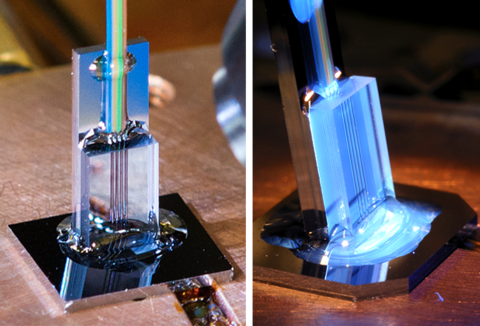
Photonic thermometry: Resistance thermometry, a time-tested method for taking temperature measurement, relies on taking accurate temperature-dependent resistance measurement of a strain-free metal wire or thin film. Platinum resistance thermometers (PRTs), for example, rely on electrical resistance measurement of a loose, suspended bundle of Platinum wires that is sensitive to humidity and mechanical shock induced strain.
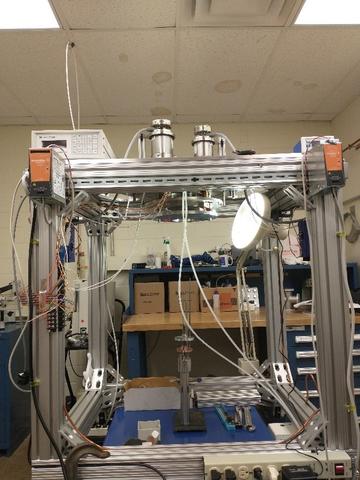
Fixed Point Development: Non-Metals: We are developing new fixed points and new maintenance systems for use with Standard Platinum Resistance Thermometers (SPRTs) below the triple point of water (273.16 K). These fixed points enable realization of the International Temperature Scale (ITS 90) as currently defined as well as new alternative realizations. The alternative realizations are needed to address regulatory issues concerning the use of elemental mercury. In addition, maintenance systems based on cryocooler technologies are being developed to support current requirements for use of the argon triple point (Ar TP) as well as potential future applications with other noble non-metals.
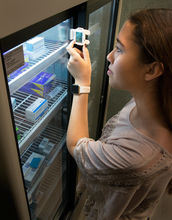
Reliable Vaccine Storage: We study provider-level vaccine storage and temperature monitoring methods to develop best practice guidance for public health audiences.
Archived Projects
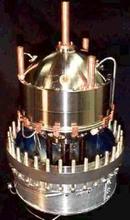
Acoustic thermometry: By measuring the speed of sound in argon gas, we determined thermodynamic temperature with unprecedented accuracy in the range 0 °C to 552 °C, improving the accuracy of platinum resistance thermometry and contributing to the definition of the Boltzmann constant during the SI redefinition of 2019.
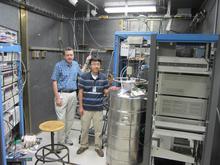
Johnson noise thermometry: NIST has developed methodology for this thermometry technique, based on measuring the spectrum of thermal voltage fluctuations in conductors. Results contributed to the definition of the Boltzmann constant during the SI redefinition of 2019.
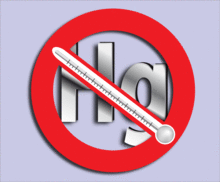
Promoting alternatives to mercury thermometers: Mercury-filled thermometers were once widely used as temperature standards. However, due to the hazards associated with mercury they have been phased out over recent decades. The NIST Thermodynamic Metrology Group provided guidance documents, training, and technical consultation on how to identify and transition to appropriate alternative thermometer technologies.

